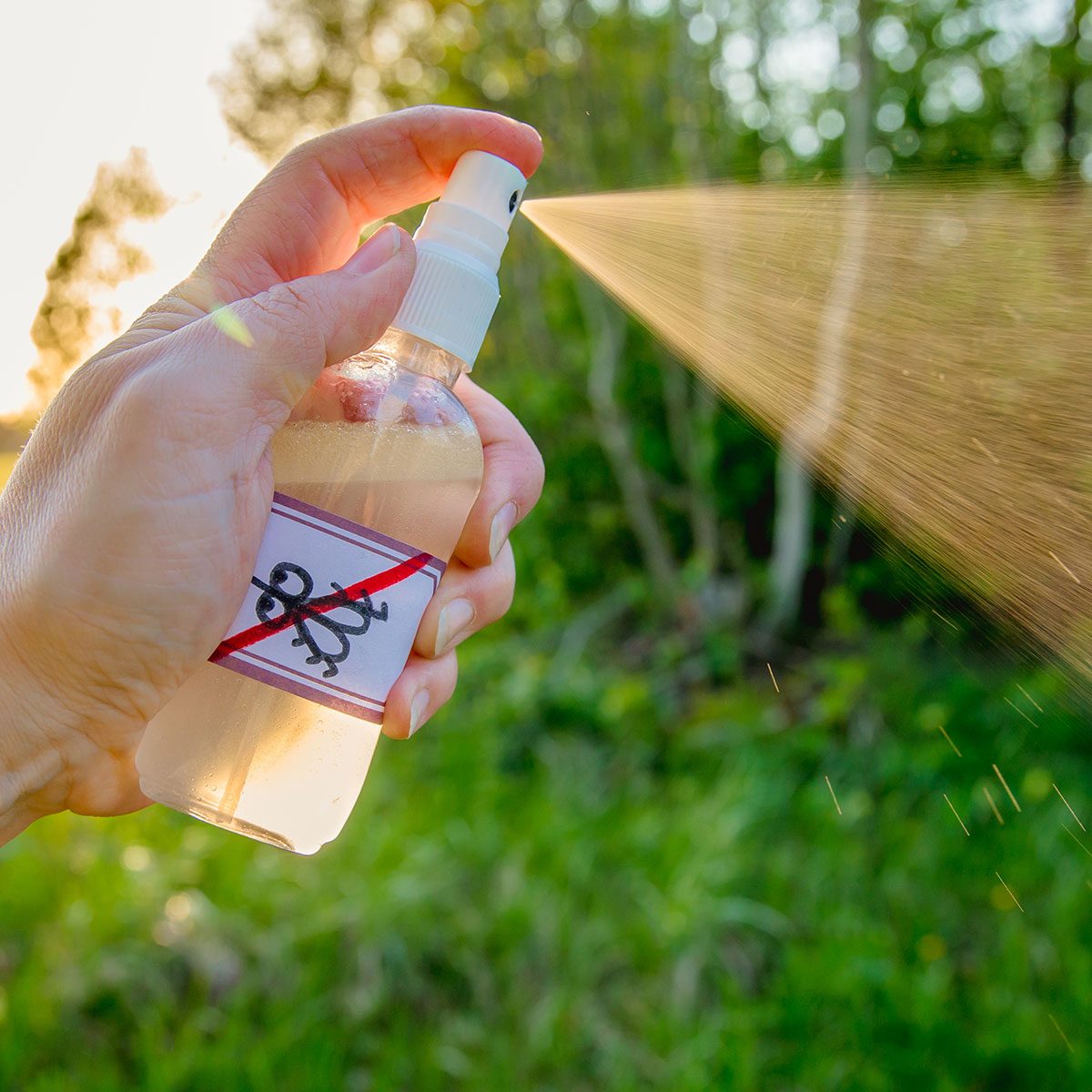
All

DIY Mosquito Repellent for Bite-Free Bliss
Creating a DIY mosquito repellent can be an effective and natural way to keep these pesky insects at bay. Here's a simple recipe using essential oils that are known for their mosquito-repelling properties. Keep in mind that individual reactions may vary, so it's advisable to do a patch test before widespread use, especially if you have sensitive skin.
Ingredients:
- Witch Hazel or Rubbing Alcohol: 1/4 cup
- Distilled Water: 1/4 cup
- Essential Oils:Citronella: 10 drops
- Lemon Eucalyptus: 10 drops
- Lavender: 5 drops
- Peppermint: 5 drops
- Tea Tree: 5 drops

Instructions:
- Prepare the Base:
- Mix 1/4 cup of witch hazel or rubbing alcohol with 1/4 cup of distilled water. This combination helps dilute the essential oils and allows for better application.
- Add Essential Oils:
- Add the specified number of drops for each essential oil into the base mixture. Adjust the amounts to suit your preferences, but be cautious not to use too much, as essential oils can be strong.
- Stir or Shake:
- Stir or shake the mixture well to ensure that the essential oils are evenly distributed.
- Transfer to a Spray Bottle:
- Using a funnel, transfer the mixture into a small spray bottle. Dark-colored bottles are preferable as they help protect the essential oils from light exposure.
- Apply:
- Shake the bottle before each use and spray the repellent on exposed skin, avoiding eyes and mouth. You can also apply it on clothing.
- Reapply as Needed:
- Reapply the repellent every few hours or more frequently if you're sweating heavily or swimming.
- Additional Tips:
- Storage: Store the repellent in a cool, dark place when not in use.
- Patch Test: Before applying the repellent to large areas, perform a patch test on a small area of skin to check for any adverse reactions.
- Clothing: Consider wearing long sleeves, pants, and socks to minimize exposed skin.
- Avoid Sensitive Areas: Avoid applying the repellent on cuts, wounds, or irritated skin.

Remember that natural repellents may not provide as long-lasting protection as commercial products, so it's essential to reapply as needed. Additionally, the effectiveness may vary based on individual factors and the local mosquito population.
Related Posts
© 2025 Invastor. All Rights Reserved

User Comments